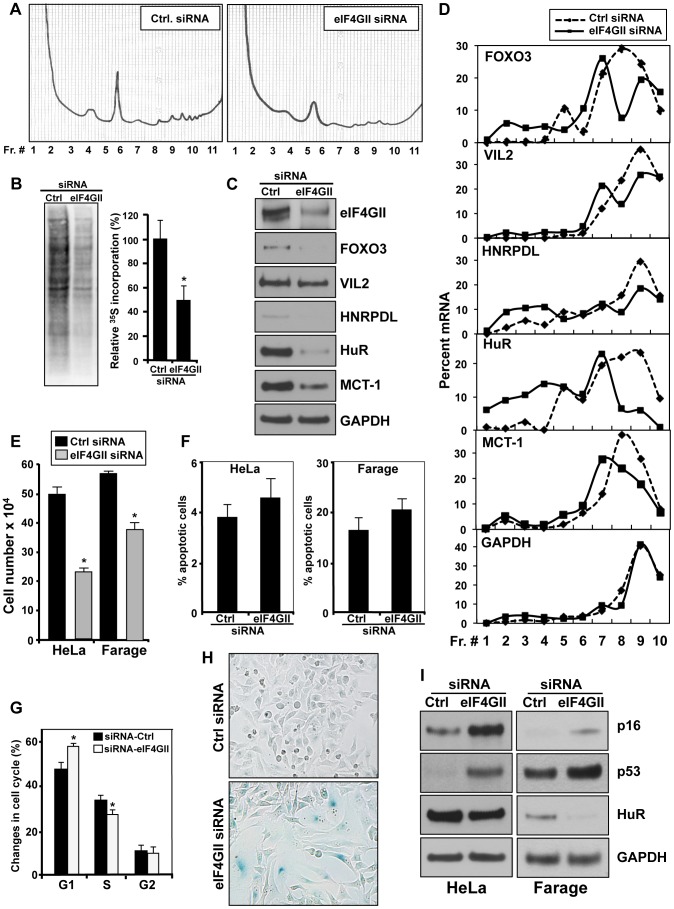Figure 5. Influence of eIF4GII on gene translation, cell proliferation and the senescent phenotype.
(A) 72 h after transfecting HeLa cells with either siRNA Ctrl or siRNA targeting eIF4GII, cell lysates were fractionated through 10–50% linear sucrose gradients, and the polysome distribution profiles were analyzed. (B) HeLa cells were transfected as described in (A) and nascent protein synthesis was assessed by incorporation of 35S-labeled amino acids. The 35S-amino acid incorporation was quantified and presented as percentage of signal intensity relative to control transfection (graph.). (C) Protein levels of miR-520c-3p target genes were measured by Western blotting 72 h after transfection of HeLa cells with either control siRNA or eIF4GII siRNA. GAPDH was used as a loading control. (D) Cells were transfected as described in (A) and the mRNA levels of selected miR-520c-3p target mRNAs and housekeeping GAPDH mRNA in each gradient fraction were measured by RT-qPCR and plotted as a percentage of the total mRNA levels in each sample. Data represent the average of three independent experiments showing similar results. (E) 72 h after transfection HeLa and Farage cells with either siRNA Ctrl or targeting eIF4GII siRNA, cell numbers were counted with a hemocytometer. (F) Six days after transfection as described in (E) cells were tested for apoptosis. (G) 72 h after transfection as described in (E) HeLa cells were stained with PI and subjected to cell cycle analysis. (H) β-galactosidase activity was measured in HeLa cells six days after transfection as described in (F) (I) Six days after transfections as described in Materials and Methods, the levels of p16, p53, and HuR in HeLa and Farage cells were assessed by Western blot analysis. GAPDH served as a loading control. Data are representative of at least three independent experiments. In the graphs (B), (E), (F) and (G) the means and SEM are shown. * p<0.05.

